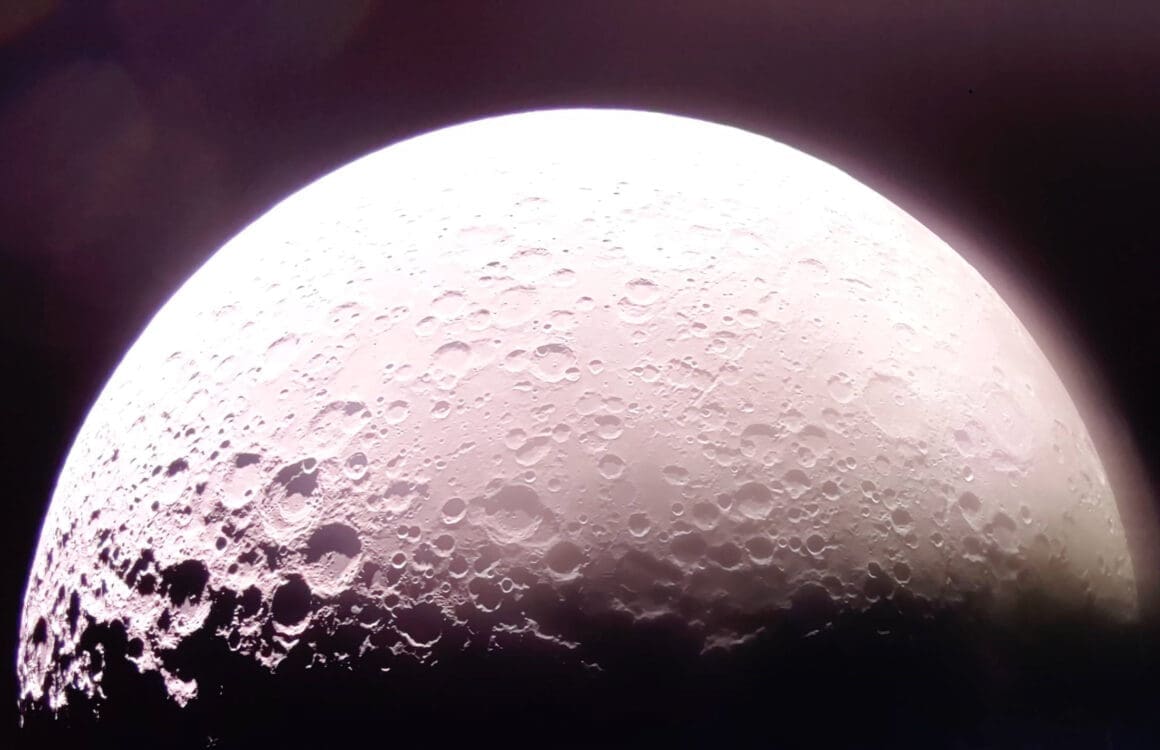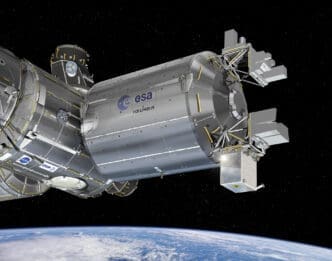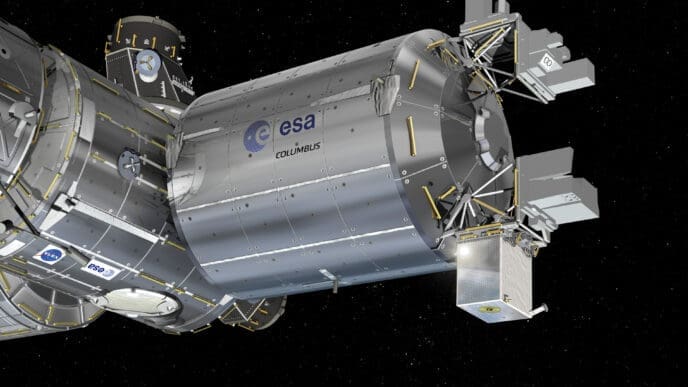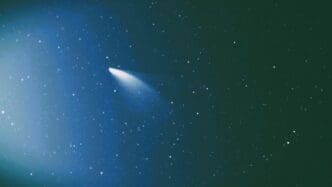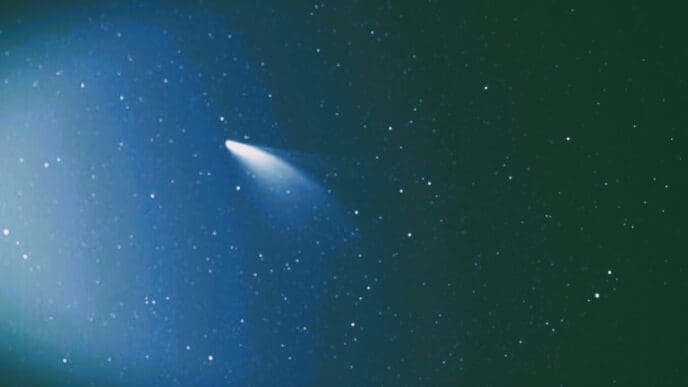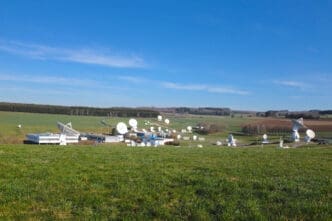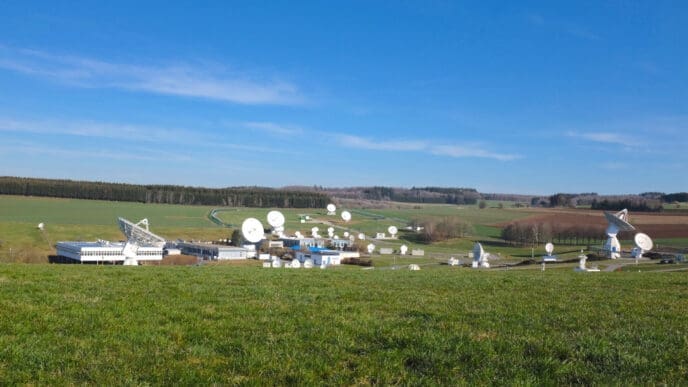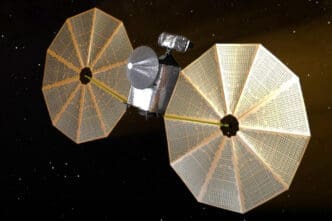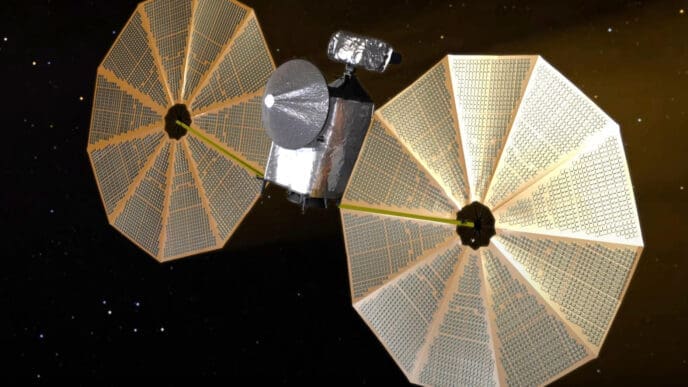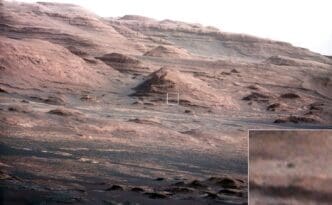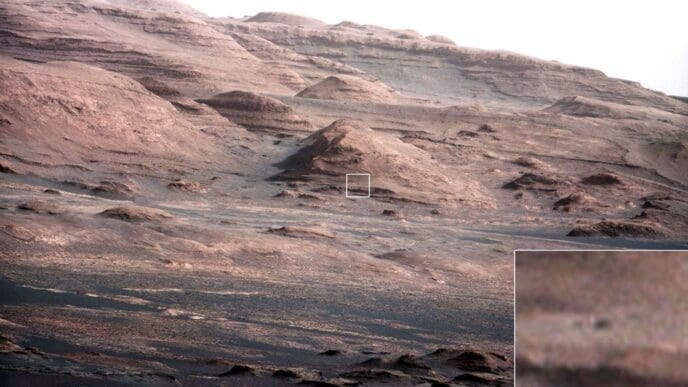NASA and Firefly Aerospace are gearing up for a monumental event as Firefly’s Blue Ghost lander heads to the Moon. With a targeted landing date of March 2, anticipation is building around this groundbreaking mission. Blue Ghost aims to touch down near Mare Crisium, marking a significant milestone in lunar exploration.
Carrying a suite of NASA’s scientific tools, this mission is part of the larger Commercial Lunar Payload Services initiative. The initiative seeks to establish a sustainable presence on the Moon. Viewers can catch live coverage of the event starting at 2:30 a.m. EST, promising an exciting broadcast of this celestial journey.
A New Era of Lunar Exploration
Firefly Aerospace is set to make history with its Blue Ghost lunar lander, a significant player in NASA’s Commercial Lunar Payload Services (CLPS) initiative. The mission aims to place scientific and technological payloads on the Moon’s surface, enhancing our understanding of lunar conditions.
The Blue Ghost’s landing is scheduled for no earlier than 3:45 a.m. EST on March 2. This marks a pivotal moment not only for Firefly but also for NASA’s long-term goals of lunar exploration. The selected landing site is near Mare Crisium, offering a unique opportunity to study this lunar plain.
Broadcasting the Lunar Landing
NASA and Firefly will jointly host live coverage of Blue Ghost’s descent, starting at 2:30 a.m. EST. This coverage will be available on various platforms, including NASA+ and social media channels, allowing a global audience to witness this historic event.
The livestream will provide detailed updates, capturing every exciting moment as the lander approaches the Moon’s surface. Following the landing, a news conference will delve into the mission’s success and upcoming scientific opportunities. Accredited media can also attend an in-person event in Austin, Texas.
Excitement is mounting as we await further details post-landing, promising enriching science and exploration discussions.
Launch and Journey
The journey of Blue Ghost began on January 15, when it launched aboard a SpaceX Falcon 9 rocket from NASA’s Kennedy Space Center. The launch is a testament to the collaboration between commercial enterprises and NASA.
This mission showcases the strength of partnerships in space exploration, setting the stage for a series of lunar missions. By working with American companies, NASA aims to expand its reach beyond Earth, integrating advanced technology with scientific discovery.
The Blue Ghost is equipped with 10 NASA investigations, each focusing on different aspects of the lunar environment. These endeavors will lay the groundwork for future exploration missions, ensuring the Moon’s secrets are unveiled.
Technological Innovations Aboard Blue Ghost
Equipped with state-of-the-art technology, Blue Ghost is more than just a lander. Its onboard systems are designed to test new technologies in the harsh lunar environment, paving the way for future manned missions.
These technological demonstrations will help gather critical data on the Moon’s surface conditions. From testing landing technologies to assessing environmental factors, each component plays a role in expanding our knowledge of lunar science.
This mission represents a leap forward in how we approach lunar exploration, providing insights that will benefit both scientific communities and future astronauts.
The Role of Commercial Lunar Payload Services
NASA’s CLPS program has been crucial in advancing lunar exploration. By engaging private companies like Firefly, NASA is fostering a competitive landscape aimed at delivering scientific payloads to the Moon.
The initiative is structured through contracts that allow companies to bid for the opportunity to provide lunar delivery services. With a potential cumulative value of $2.6 billion through 2028, CLPS encourages innovation and efficiency among its partners.
For Firefly, the journey to the Moon represents more than a contract; it’s a step towards integrating commercial capabilities with national goals.
Lunar Science and Future Exploration
Scientific pursuits drive the goals of the Blue Ghost mission. The array of instruments aboard is set to conduct experiments that will inform future lunar exploration strategies and technologies.
The data collected can transform our understanding of the lunar surface, offering new pathways for human and robotic missions. Each experiment conducted on the Moon adds to a growing body of knowledge critical for Mars expeditions.
As NASA looks to extend its reach deeper into space, these lunar missions act as stepping stones towards interplanetary exploration, transforming aspirations into reality.
Impact on Artemis Campaign
The Blue Ghost mission is integral to NASA’s Artemis campaign, which aims to establish a sustainable human presence on the Moon by the end of this decade.
By leveraging the capabilities of commercial partners, NASA hopes to expedite the process of lunar exploration, using robotic missions to conduct preliminary experiments critical for astronaut missions.
The Artemis campaign is a beacon of hope for space enthusiasts, emphasizing collaborative efforts to achieve unprecedented feats in space exploration.
Community Engagement
Social media plays a key role in the mission, ensuring that the public stays updated and engaged. By using the hashtag #Artemis, space fans can join the conversation across platforms like X, Facebook, and Instagram.
NASA encourages enthusiasts to follow the journey, highlighting the importance of public interest and education in space exploration. Community engagement ensures that the excitement and knowledge extend beyond the scientific community.
The ongoing dialogue with the public illustrates the significance of shared experiences in reaching new frontiers in space.
Future Outlook
In the era of space exploration, missions like Blue Ghost mark a new chapter. Through innovation and partnerships, the pathway to the Moon has never been clearer.
As the countdown to landing continues, anticipation grows for what this mission will achieve. The success of Blue Ghost is not just a win for Firefly or NASA, but for humanity’s quest to explore the cosmos.
As Firefly’s Blue Ghost positions itself for a lunar landing, all eyes are on the Moon. This mission could redefine our approach to space exploration. The collaboration between NASA and commercial entities promises a future where space is more accessible and where the Moon becomes a gateway to the stars.

